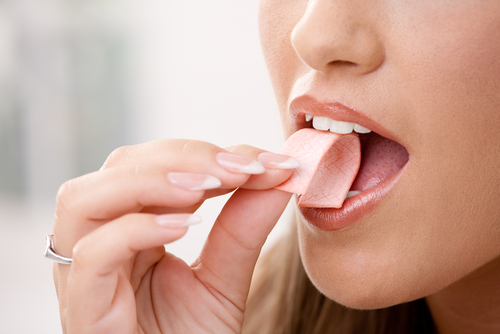Wrigley’s caught a lot of grief this week when the FDA decided to start investigating the effects of caffeine added to food and beverage. Apparent the new Alert Energy Caffeine Gum was too much to take. Wrigley’s says it’s pitching the gum to adults, not kids, but that’s hard to prove.
Wrigley’s caught a lot of grief this week when the FDA decided to start investigating the effects of caffeine added to food and beverage. Apparent the new Alert Energy Caffeine Gum was too much to take. Wrigley’s says it’s pitching the gum to adults, not kids, but that’s hard to prove. There are a bunch of other new caffeinated products around including jelly beans and waffles.
Now I’m not saying the FDA is necessarily wrong to have a look at this topic. In particular chewing gum may be a concern because of the way the caffeine is absorbed and the potential to ingest a lot of pieces. It just shouldn’t come as a surprise that companies would invent these products.
The gum has about 40 mg of caffeine per stick. That’s about half of what a cup of coffee has (although there’s lot of variation) and similar to a can of coke. It’s less than what’s in Mountain Dew. There have been foods on the market for a long time with that much caffeine. Take coffee ice cream, for example. Some varieties have more than 80 mg per cup, and I don’t think the FDA is going to keep kids away from it.
Food and beverage makers aren’t that clever, and you can count on them to try a variety of ways to entice snackers beyond the standard sugar and salt. Just so the FDA doesn’t get surprised next time around, here’s my recipe for a new concoction:
- Lollipop containing caffeine, nicotine, alcohol and marijuana
image: chewinggum/shutterstock







